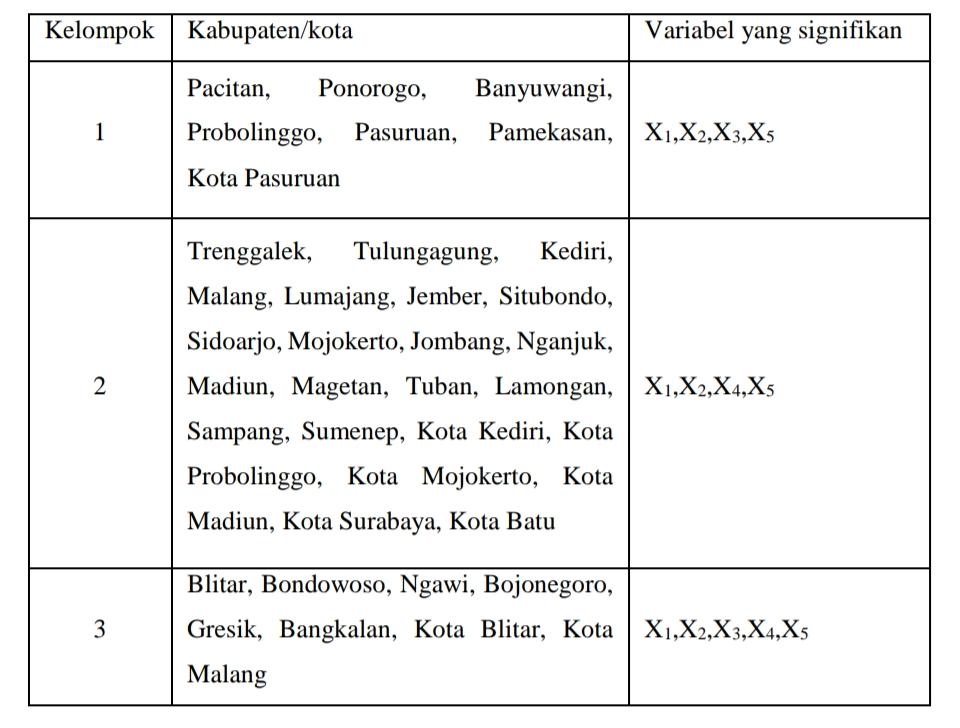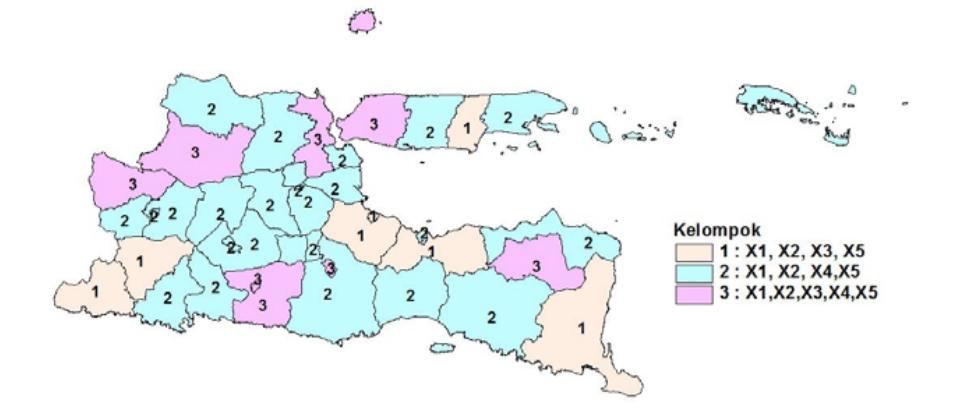ITS Statistics Professor Researches Human Development Index

Prof. Dr. Purhadi MSc when delivering his scientific oration regarding Statistical Mathematics in Discrete and Continuous Spatial Regression Models
ITS Campus, ITS News — Mathematical statistics now plays a crucial role in the research and development of the Human Development Index (HDI). This encouraged the Professor at the Institut Teknologi Sepuluh Nopember (ITS), Prof Dr Purhadi MSc, to develop knowledge related to spatial regression distribution to overcome problems in the health and environmental sectors.
Through his scientific oration entitled Mathematical Statistics on Discrete and Continuous Spatial Regression Models, Purhadi conveyed the novelty of his knowledge aimed at estimating social problems based on geographic location, for example, HDI. This requires certain parameters, namely discrete and continuous data types, to model the HDI as desired.
This professor at the Department of Statistics, Faculty of Analytics and Data (FSAD), explained that discrete data is data with integer values, while continuous data is data that falls between certain values. “By knowing this type of data, a type of statistical distribution can be developed,” continued Purhadi.
Through one of his research studies, this Sidoarjo-born lecturer looked for significant factors that influence the number of infant and maternal deaths in cities/districts in East Java. He also developed the Geographically Weighted Regression (GWR) distribution which is oriented towards geographic weighting, latitude and longitude coordinates, and distance between regions.

Results of grouping city/district areas in East Java based on response variables for infant and maternal mortality cases using the Geographically Weighted Bivariate Generalized Poisson Regression (GWBGPR) distribution
Furthermore, the development of the GWR distribution is combined with the Adaptive Bisquare Kernel function as a weighting for different estimation parameters in each region. The Maximum Likelihood Estimation (MLE) method was also used to obtain parameter estimates for the case. “By combining the distribution functions, the hypothesis is then tested,” he explained.
This lecturer, who earned his master’s degree at Waseda University, carried out hypothesis testing using inferential statistics to reach conclusions based on case sample data in East Java. “Testing the combination of functions also produced a new formula in the form of Geographically Weighted Bivariate Generalized Poisson Regression (GWBGPR),” he added.
In its implementation, the GWBGPR distribution was applied to cases of infant death as the Y1 function response variable and maternal death cases as the Y2 function response variable in the East Java region in 2019. Apart from that, it was also followed by several independent variables as parameters. “This variable will divide each city/district based on the same significant factors,” explained the lecturer who received the Satyalancana Karya Satya award.

Map of city/district areas in East Java grouped based on significant variables for infant mortality cases using the Geographically Weighted Bivariate Generalized Poisson Regression (GWBGPR) distribution
The independent variables in question include the percentage of births by labor as X1, the percentage of pregnant women receiving blood supplement medication as X2, and the percentage of obstetric complications treated as X3. There is also the percentage of married women under the age of 18 as X4 and the percentage of married women with elementary school (SD) education and below as X5.
The results obtained were three groups of cities/districts based on the similarity of the predictor variables. The first group consists of cities/regencies with low percentages of married women under the age of 18, such as Ponorogo, Banyuwangi, and Pasuruan. The second group, such as Kediri, Jember, and Mojokerto, have low percentage of births by labor in common. As well as Blitar, Bondowoso, and Gresik which have similarities in the five independent variables.

Awarding a certificate by the Chair of the ITS Professorial Council, Prof Dr Ir Imam Robandi MT (left) to Prof Dr Purhadi MSc as the 168th ITS Professor
From the results of this grouping, the 168th ITS professor stated that distribution could help find the causes of HDI problems in one area based on data from other. In its implementation, this knowledge can assist the government in determining health policies. “In the future, statistical mathematics can be developed as a solution to current problems,” he concluded hopefully. (ITS Public Relations)
Reporter: Nabila Hisanah Yusri
Translator: Hanifah Inayah
Related News
-
ITS Supports Academic Infrastructure: New Medical Faculty Building
ITS Campus, ITS News — Entering the second year of accepting new students from the Faculty of Medicine and
September 30, 2023 11:09 -
ITS Welcomes 163 New Engineers to Empower Indonesia’s Growth
ITS Campus, ITS News – Institut Teknologi Sepuluh Nopember (ITS) continues its commitment to meeting the needs of engineers in
September 30, 2023 11:09 -
ITS Sends Off 12 Free Mudik Vehicles Ahead of Eid Al-Fitr
The dispatch of 11 bus fleets carrying ITS students for the Free Mudik ITS 2024 ITS Campus, ITS News
September 30, 2023 11:09 -
ITS Lecturer Wins 2024 Female Science Talents Intensive Tracks from Germany
Sri Fatmawati SSi MSc PhD, a lecturer at the Department of Chemistry, ITS, has emerged as the winner of
September 30, 2023 11:09
